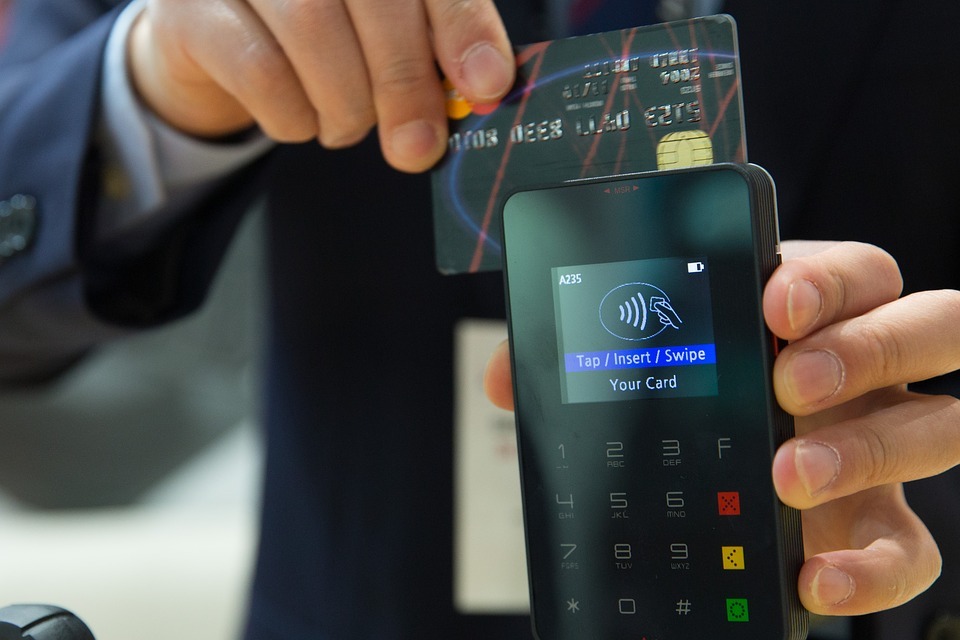For generations of business, the happiness of customers has been one of the most important metrics regarding performance. In an increasingly competitive modern business landscape, customer and brand loyalty can go a huge way to determining the long-term success of a company, making customer satisfaction more important than ever.
However, despite its importance, customer satisfaction can be hard to analyse for some companies. Its intangible nature in comparison to sales figures means that many businesses are not as aware of their performance in this regard as they could be. While its exact value can be hard to determine, there are many measurements available that can help quantify this vital metric. Here are some of the most popular ways to measure customer satisfaction.
Analyse Sales Results

One way many businesses already discover customer satisfaction is by using their sales trends. While a sale itself doesn’t equate to any discernible result, repeat or increased purchases can be a good indicator of happiness with your product and service. By analysing the buying patterns of repeat customers, companies can discover what areas of their service are leading to increased customer loyalty.
Use Website Analytics

In modern business, many companies also use website analytics to discover how their customers interact with them. When used well, analytics services can track customer’s actions around the site and also any repeated actions that are made. Similar to direct sales, any trends or behaviours could indicate to a business if there are any signs of customer loyalty.
Understand Complaints

Another way companies can use existing information to formulate an understanding of customer satisfaction is by analysing complaints made. Similar to sales, if there are a collection of recent complaints about the business, these can be studied to understand any trends that could be leading to reduced satisfaction levels.
Watch Social Media

While sales behaviours and customer complaints are a good start, they only indicate a customer’s direct interactions with a business. For a more accurate understanding of consumer’s emotions, social media can prove very useful. Providing a window into the after-sale response, any feedback about a business’ products or services can further indicate a customer’s satisfaction.
A common issue companies discover when using social media is that it is often biased to negative feedback. If a customer is unsatisfied, there’s an increased chance they will write on their accounts to the company or with friends. On the other hand, those who are satisfied with a service are less likely to leave a message, meaning results are often weighted. However, it still provides valuable information regarding what parts of the business people are impressed or disappointed by, which can impact customer satisfaction.
Receive Feedback from Customers

Ultimately, the best and most accurate way to measure customer satisfaction remains to ask them directly. This method not only removes some of the external factors associated with social media, but it also allows for an understanding of satisfaction through handcrafted metrics that matter to the company. By asking customers to give feedback on distinct parts of the overall service, a detailed understanding can be generated.
The challenge regarding feedback is how businesses seek to gather this information. There are many options available, but the most popular is contacting customers after a transaction or service completion. However, finding this time to perform this information gathering can be tricky, particularly for smaller businesses. This time management is why many companies now use chatbots. A sophisticated chatbot can answer queries 24/7, while also providing a window for customers to feedback on their experiences with a business.
Another popular option for businesses seeking to gather customer feedback is through IVR response surveys. Similar to chatbots, these automated tools can be hugely beneficial in collecting information from customers post-sale while also not taking up time for current staff. An intelligent IVR system is able to conduct surveys either at the end of a call or later in the after-sales cycle, giving businesses full control over how they gather this vital information.
Create a Measurable Report

Once information on customer satisfaction has been gathered, businesses can begin to develop an understanding of how their experience resonates with customers. However, companies should seek to create more detailed metrics from the information that ensures they understand the results clearly and impartially. These metrics also need to be something that can be revisited and reanalysed in the future, allowing companies to build an understanding of their performance long-term.
Here at Hostcomm, our chatbot software has already helped many businesses improve their customer engagement. Our secure, omni-channel solutions can interact with your customers 24/7, creating natural conversations that will wow your audience. If you would like to know more about our full range of services, why not get in contact with the team today?














